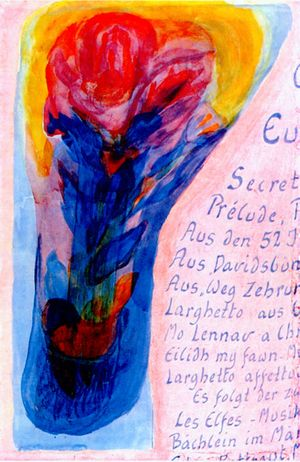Morphology

Morphology (from Greek: μορφή morphé "shape, form" and λόγος lógos "word, doctrine, reason") is the study of the structure and form of organisms. The term was coined by Johann Wolfgang von Goethe in 1796 and independently by the German anatomist and physiologist Karl Friedrich Burdach in 1800[1]. It "rests on the conviction that everything that is, must also indicate and show itself. From the first physical and chemical elements to the most spiritual expression of man, we let this principle apply"[2], said Goethe, who is also considered a co-founder of comparative morphology[3]. He discovered the intermaxillary bone in humans in 1784. In 1790 he published his work "Attempt to explain the metamorphosis of plants".
Of central importance for Goethe's theory of metamorphosis is the species-typical ideal archetype, which has a formative effect as entelechy in every plant or animal species, which is why his morphology is also called idealistic morphology[4]. The common ideal type of all plants is the archetypal plant; the common type of the animals is the archetypal animal - which is at least man himself.
Literature
- Johannes W. Rohen: Morphologie des menschlichen Organismus, 4. Aufl., Verlag Freies Geistesleben, Stuttgart 2016, ISBN 978-3772519987
References
- ↑ Karl Mägdefrau: Geschichte der Botanik. 1992, zweite Auflage, Verlag Gustav Fischer. ISBN 3-437-20489-0
- ↑ Goethe: Fragmente zur vergleichenden Anatomie
- ↑ Strasburger Lehrbuch der Botanik. 3th edition, 2008. ISBN 978-3-8274-1455-7
- ↑ Cf. „idealistische Morphologie“ in: spektrum.de Lexikon der Biologie
